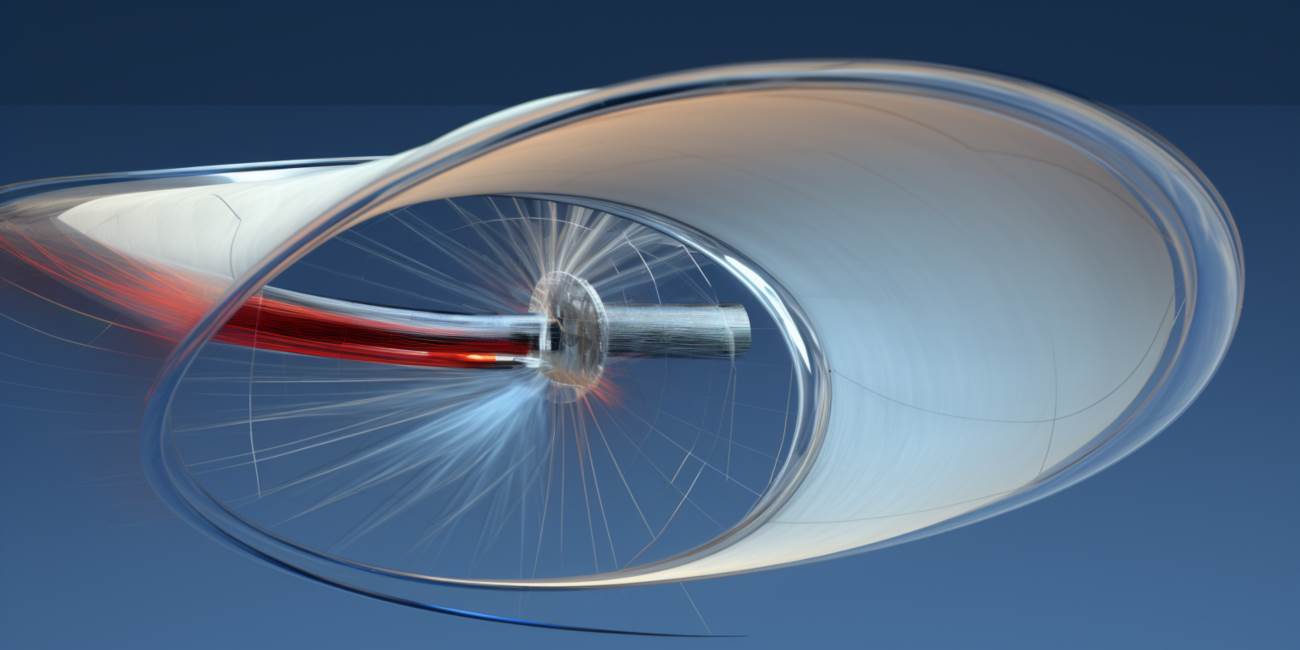The primary factor contributing to a spin is the unequal distribution of lift across the wings. When an aircraft enters a turn, one wing typically experiences higher lift than the other, creating an imbalance. This imbalance can lead to a rolling motion, setting the stage for a potential spin.
Aerodynamic stall is another crucial element in the equation. Stalls occur when an aircraft exceeds its critical angle of attack, disrupting the smooth flow of air over the wings. This disruption causes a sudden drop in lift, and if it happens asymmetrically, it can induce a spin.
The role of the vertical stabilizer in preventing spins cannot be overstated. This tail component helps maintain stability by counteracting yawing motions. However, when an aircraft’s yaw becomes uncontrolled, the vertical stabilizer may lose its effectiveness, paving the way for a spin.
In some cases, pilot error plays a significant role in triggering spins. Abrupt or inappropriate control inputs, especially during low-speed flight or sharp turns, can exacerbate the conditions leading to a spin. This highlights the importance of pilot training in recognizing and recovering from potential spin scenarios.
Weight distribution also plays a subtle yet influential role in an aircraft’s susceptibility to spins. Improperly loaded cargo or passengers can shift the aircraft’s center of gravity, affecting its overall stability. Pilots must meticulously adhere to weight and balance limits to mitigate the risk of spins.
While spins can be a daunting prospect, they are not entirely unavoidable. Proper education on aerodynamics, rigorous pilot training, and adherence to safety protocols are essential components of spin prevention. Aircraft designers continually refine their models to enhance stability and control, minimizing the likelihood of entering a spin in the first place.
How aerodynamic stall can lead an aircraft into a spin
Aerodynamic stall is a critical phenomenon in aviation that can lead to dire consequences if not managed properly. Understanding how aerodynamic stall can progress into a spin is crucial for pilots and aviation enthusiasts alike.
At its core, an aerodynamic stall occurs when an aircraft’s angle of attack becomes too steep, causing a disruption in the smooth airflow over the wings. This disruption results in a sudden reduction of lift, which can be a precursor to more hazardous situations if not addressed promptly. Now, let’s delve into how this seemingly simple occurrence can escalate into a spin.
The angle of attack is a key factor in aerodynamics. It refers to the angle between the oncoming air and the chord line of the wing. When this angle becomes too steep, the airflow separates from the wing’s upper surface, leading to a decrease in lift. Pilots are trained to recognize and recover from stalls by decreasing the angle of attack and restoring smooth airflow.
However, if a stall is not promptly corrected, the aircraft may enter a spin. A spin is a sustained and rotating descent characterized by autorotation and a downward corkscrew path. It occurs when one wing stalls more than the other, causing an uneven lift distribution. This imbalance in lift and the resulting yawing motion can develop into a spin if not corrected swiftly.
The transition from stall to spin involves a complex interplay of aerodynamic forces. As the aircraft enters a stall, the disturbed airflow leads to a loss of lift on one wing. This creates a rolling motion, and if not corrected, the rolling motion can intensify into a spin. The spinning motion further exacerbates the stall condition, creating a dangerous feedback loop.
It’s essential to note that different aircraft have varying susceptibility to spins. Factors such as wing loading, design, and weight distribution play crucial roles in determining an aircraft’s spin characteristics. High-wing aircraft, for instance, may be more prone to entering a spin compared to low-wing counterparts.
Recovering from a spin is a challenging task for pilots. Standard recovery procedures involve reducing the angle of attack, applying opposite rudder to counter the yaw, and leveling the wings. However, successfully recovering from a spin requires quick and precise actions, making spin avoidance the primary focus of pilot training.
As we conclude our exploration of how aerodynamic stall can lead to a spin, it’s evident that maintaining a thorough understanding of an aircraft’s aerodynamics is paramount for safe flight. Pilots must be vigilant in recognizing and addressing stalls promptly to prevent the progression into a spin, ultimately ensuring the safety of everyone on board.
The role of rudder inputs and rotation in entering a spin

Understanding the rudder plays a crucial role in unraveling the mysteries of aviation, particularly when it comes to managing yaw motion. Pilots are well aware that mastering the art of controlling the aircraft’s rudder deflection is not just a skill but a necessity.
Imagine a scenario where the aircraft is on the verge of an unexpected journey into a spin. This is where the intricate dance of rudder inputs takes center stage. A delicate play between the pilot and the controls, with yaw motion as the guiding force, determines whether the aircraft will gracefully navigate through the skies or succumb to the ominous spin.
When we delve into the dynamics of spin entry, it becomes evident that the pilot technique employed is a defining factor. The rudder deflection becomes the maestro’s wand, directing the aircraft into the ballet of motion. It’s a dance where precision is not a choice but a prerequisite.
In the realm of aviation, spin recovery is a skill that separates the seasoned pilots from the novices. Here, the delicate balance of rudder inputs becomes the beacon of hope. A well-timed and calculated deflection of the rudder can pull the aircraft from the clutches of the spin, demonstrating the pilot’s mastery over the machine.
As we unravel the layers of pilot technique in managing yaw motion, it’s akin to an artist painting a masterpiece. Each stroke of the rudder deflection contributes to the symphony of controlled flight. The rudder becomes the brush, the yaw motion the canvas, and the spin entry and recovery the strokes that define the final artwork.
Techniques for spin recovery in light aircraft
When it comes to mastering the skies in a light aircraft, understanding the intricacies of spin recovery is paramount. Pilots, especially those in training, need to be well-versed in the rudder neutralization technique, a fundamental skill that plays a pivotal role in averting potentially dangerous situations.
Picture this scenario: the aircraft is caught in a spin, a moment where control seems elusive. Swift action is imperative, and the pilot’s first move involves swiftly applying aileron input. This maneuver, coupled with precise elevator control, initiates the process of recovery.
Now, let’s break down the sequence. As the pilot counters the spin with aileron input, the next crucial step is rudder neutralization. This involves aligning the rudder with the aircraft’s longitudinal axis, effectively eliminating the yaw induced by the spin. It’s a delicate ballet between control surfaces, and the finesse of rudder neutralization cannot be overstated.
As the pilot skillfully balances aileron and rudder inputs, the elevator plays a pivotal role in the recovery process. Adjusting the elevator to a neutral position helps in arresting the descent associated with a spin, gradually bringing the aircraft back to a stable attitude. The coordinated dance of ailerons, elevator, and rudder is what defines successful spin recovery.
Now, let’s delve into some critical factors that influence the effectiveness of these techniques. Airspeed, for instance, is a key player. Maintaining an appropriate airspeed is essential for the efficacy of spin recovery maneuvers. A deviation from the recommended airspeed range can compromise the pilot’s ability to regain control.
Moreover, the weight distribution of the aircraft plays a role in the dynamics of spin recovery. Understanding how the weight is distributed can impact the responsiveness of control surfaces, influencing the speed and efficiency of the recovery process.
Lastly, let’s not overlook the significance of spin direction. Different spin directions demand different inputs and responses. Pilots must be adept at discerning the spin direction and applying the corresponding recovery techniques with precision.






